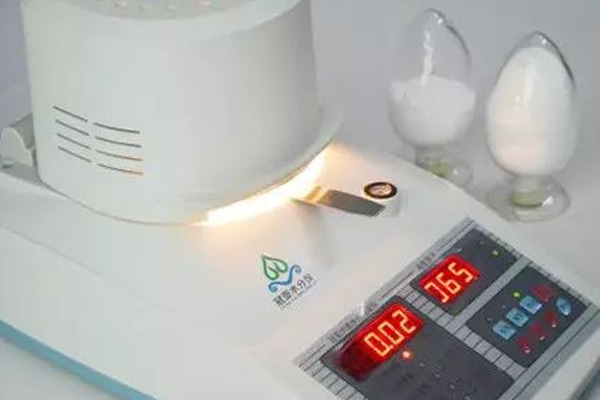Development Trend of High-Quality Calcium Carbonate Fine Powder
Release Time:
2023-06-29 21:00
Development Trend of Precipitated Calcium Carbonate Fine Powder
(1) Increase the added value of high-grade raw materials;
(2) Expand the export and deep processing of medium and low-grade products. China is the world's largest producer of talc, but 80% of its products are exported as raw materials. Developing purification and deep processing and developing high value-added products will be the future development direction and trend of talc powder. Ordinary precipitated calcium carbonate is one of the earliest and most widely used fillers in the rubber industry. A large amount of ordinary precipitated calcium carbonate fine powder is filled in rubber, which can increase the volume of products, thereby saving expensive natural rubber and reducing costs. Precipitated calcium carbonate filled in rubber can obtain higher tensile strength, wear resistance, and tear strength than pure rubber vulcanizates, and has a significant reinforcing effect in both natural and synthetic rubber, and can also adjust the consistency.

Paint industry: Precipitated calcium carbonate is used in large quantities in the paint industry and is an indispensable skeleton. In thick paints, the amount used is more than 30%, 4-7% in phenolic magnetic paint, and more than 39% in phenolic fine-pattern wrinkled paint.
Plastics industry: Precipitated calcium carbonate can play a role as a skeleton in plastic products, has a great effect on the dimensional stability of plastic products, can improve the hardness of products, and can also improve the surface gloss and surface smoothness of products. Adding precipitated calcium carbonate to general plastic products can improve heat resistance, and because the whiteness of precipitated calcium carbonate is above 90%, it can also replace expensive white pigments to play a certain whitening role.



